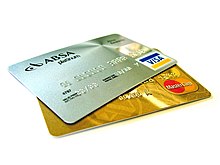
Plastic cards usually serve as identity documents, thus providing authentication. In combination with other assets that complement the data stored on the card, like PIN numbers, they also serve authorization purposes, most often as bank cards for allowing their holders to do financial transactions. Early and simpler cards feature only hard-to-imitate integrated photographs, security holograms, guillochés, or a magnetic strip on which few bytes of personal data could be stored. Today, smart cards, i.e. those equipped with an electronic chip (storage, or RFID), serve as high-security active electronic documents that allow their holder to qualify for driving cars (drivers license card), receive medical treatment (health insurance cards), do banking and more.